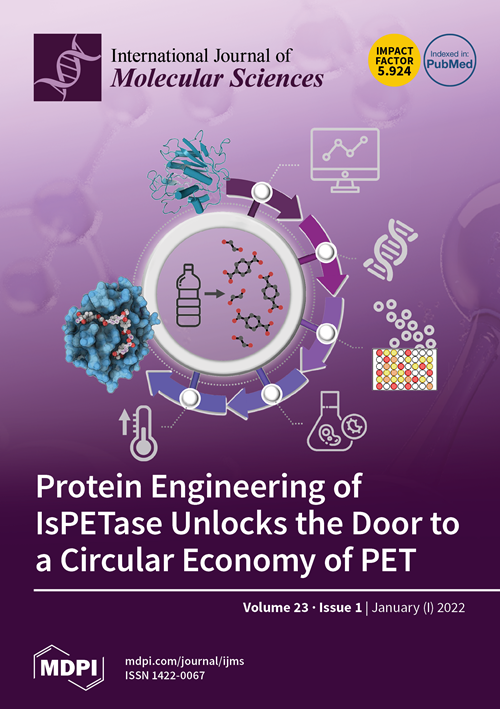Mass Spectrometry Study about In Vitro and In Vivo Reaction between Metformin and Glucose: A Preliminary Investigation on Alternative Biological Behavior
IF 4.9
2区 生物学
Q1 BIOCHEMISTRY & MOLECULAR BIOLOGY
引用次数: 0
Abstract
Metformin is the most prescribed glucose-lowering drug worldwide; globally, over 100 million patients are prescribed this drug annually. Some different action mechanisms have been proposed for this drug, but, surprisingly, no metabolite of metformin has ever been described. It was considered interesting to investigate the possible reaction of metformin with glucose following the Maillard reaction pattern. The reaction was first performed in in vitro conditions, showing the formation of two adducts that originated by the condensation of the two molecular species with the losses of one or two water molecules. Their structures were investigated by liquid chromatography coupled with mass spectrometry (HPLC-MS), tandem mass spectrometry (MS/MS) and accurate mass measurements (HRMS). The species originated via the reaction of glucose and metformin and were called metformose and dehydrometformose, and some structural hypotheses were conducted. It is worth to emphasize that they were detected in urine samples from a diabetic patient treated with metformin and consequently they must be considered metabolites of the drug, which has never been identified before now. The glucose-related substructure of these compounds could reflect an improved transfer across cell membranes and, consequently, new hypotheses could be made about the biological targets of metformin.关于二甲双胍与葡萄糖体外和体内反应的质谱研究:关于另一种生物行为的初步研究
二甲双胍是全球处方量最大的降糖药物;全球每年有超过 1 亿患者服用这种药物。人们对这种药物提出了一些不同的作用机制,但令人惊讶的是,从未有人描述过二甲双胍的代谢物。人们认为,研究二甲双胍与葡萄糖可能发生的马氏反应模式很有意义。首先在体外条件下进行了反应,结果表明,由于损失了一个或两个水分子,两种分子缩合形成了两种加合物。研究人员通过液相色谱-质谱(HPLC-MS)、串联质谱(MS/MS)和精确质量测量(HRMS)对它们的结构进行了研究。这些物质起源于葡萄糖和二甲双胍的反应,被称为甲福糖和脱水甲福糖,并进行了一些结构假说。值得强调的是,这些物质是在一名接受二甲双胍治疗的糖尿病患者的尿样中检测到的,因此它们必须被视为该药物的代谢物,而在此之前从未发现过这种代谢物。这些化合物与葡萄糖有关的亚结构可能反映出它们在细胞膜上的转移能力有所提高,因此可以对二甲双胍的生物靶标提出新的假设。
本文章由计算机程序翻译,如有差异,请以英文原文为准。
求助全文
约1分钟内获得全文
求助全文
来源期刊

International Journal of Molecular Sciences
Chemistry-Organic Chemistry
CiteScore
8.10
自引率
10.70%
发文量
13472
审稿时长
17.49 days
期刊介绍:
The International Journal of Molecular Sciences (ISSN 1422-0067) provides an advanced forum for chemistry, molecular physics (chemical physics and physical chemistry) and molecular biology. It publishes research articles, reviews, communications and short notes. Our aim is to encourage scientists to publish their theoretical and experimental results in as much detail as possible. Therefore, there is no restriction on the length of the papers or the number of electronics supplementary files. For articles with computational results, the full experimental details must be provided so that the results can be reproduced. Electronic files regarding the full details of the calculation and experimental procedure, if unable to be published in a normal way, can be deposited as supplementary material (including animated pictures, videos, interactive Excel sheets, software executables and others).
 求助内容:
求助内容: 应助结果提醒方式:
应助结果提醒方式:


